The future of Tango through a slice of current technology application scenarios.

Tango (a complex set of cameras that recognizes the 'depth' of an image) is potentially Google's largest project and poses new challenges for the company. The search giant knows firsthand about the features of launching ambitious projects, but unlike Daydream View VR glasses, Google Glass or Google Home, in the case of promoting and investing in Tango, the company relies on Android partners.
When Apple wants to add significant new functionality or remove the headphone jack, it just needs to release a new one iPhone. Android is an open source project and therefore Google relies on partners to release phones. Google has yet to release a single Tango device and is still hoping for partnerships to include these complex, bulky and rather expensive camera systems in their devices.

Asus Zenfone AR
Tango currently ships with only two production smartphones Lenovo and Asus, but Google clearly expects the system to become part of every Android smartphone in the not too distant future . This will take some serious work, but the potential benefits are enormous.
Mixed signals
In case you haven't heard of Tango: this is Google's augmented reality platform. It uses a combination of cameras and 'distance' sensors (usually lasers) to detect and track the geometric characteristics of the subject to create effects and use applications that combine virtual and real images. Last year, I / O presented only a few applications.
At the time of our first meeting with Tango in 2016, the system was a bulky plate with a camera built into a special tablet. It could be used to measure a table leg, scan a chair to create a three-dimensional model of it, contemplate a virtual dinosaur that seems to be standing in the same room with you, or play Woorld, developed by the authors of Katamari Damacy, in which you interact with many walking around your the room of friendly creatures. All the scenarios were interesting, but they did not pull the revolution.

However, developers are just starting to experiment with future applications and, judging by what they saw at the past I / O, Tango is gaining momentum.
To be clear, most of the technology demonstrations we've seen have been shown in video or onstage, and have been recreated in carefully controlled environments. It is difficult to properly evaluate a new application or “hardware” until you have it in your hands and until you try it out in less ideal conditions. With this position in mind, let's look at some of the possible use cases for Tango.
Tango on the map
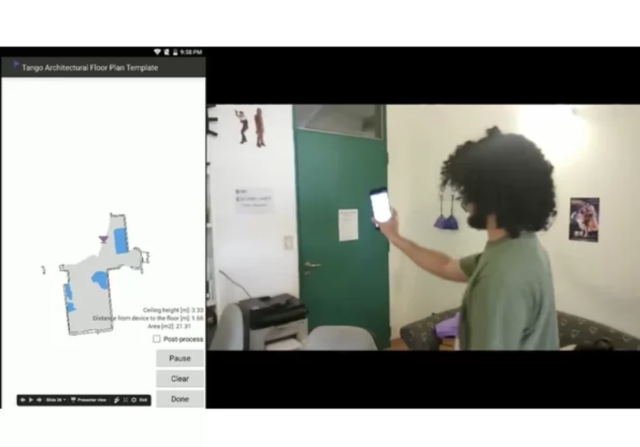
The basic level of technology involves the creation of a 3D map of the room. Building on this idea, the developers came up with a number of potential scenarios for a good application that leverages space. You can easily create a 2D floor plan of a house or apartment simply by walking through rooms and filming them with your phone camera.
Another demo included a scanned shot of a room and all the furniture disappeared at the touch of a button. And hence another potential scenario: using AR sensors to virtually place furniture in an artificially cleaned room simulation. Ideal for virtual rearrangements or assessing whether your sofa will fit into the interior of a new apartment.
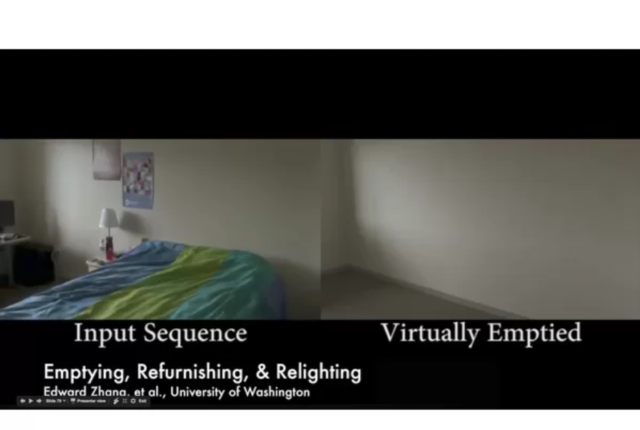
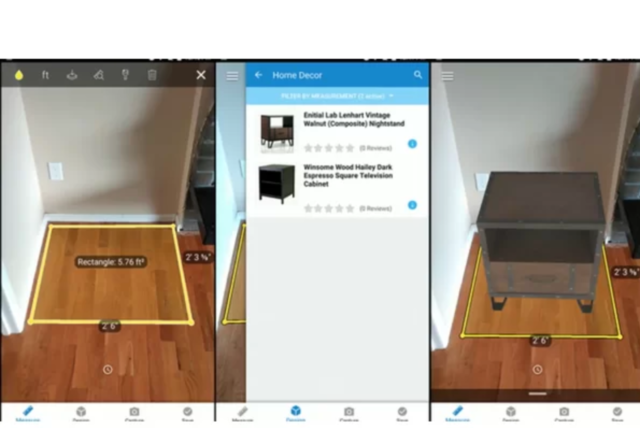
It's worth noting that the Asus Zenfone AR (second phone with Tango, coming to market this summer) will come with built-in Daydream support, which means the ability to create a full-color 3D space map with subsequent viewing and virtual tour with Daydream VR glasses.
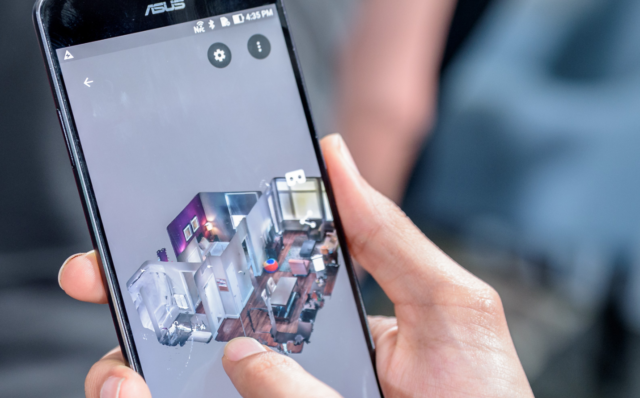
The ability to carefully measure a room also leads to an idea that is not so obvious. By comparing camera images to a map of space (which can be created and shared / uploaded in advance), the Tango will be able to provide navigation and positioning with centimeter precision without the need for GPS.
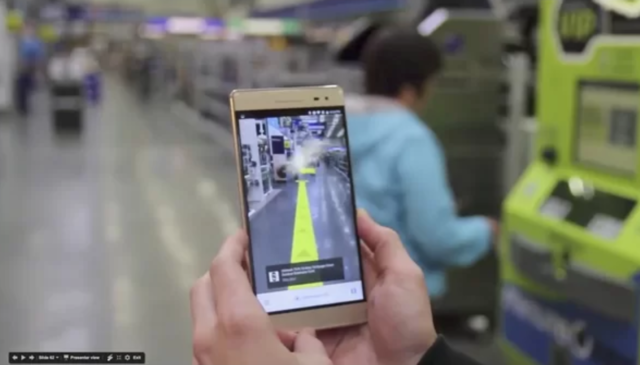
This is actually similar to how the 'Worldsense' position tracking technology should work in a VR headset developed by Qualcomm. The camera marks the tracking points (usually points of high contrast, corners, textures, etc.) and uses their relative position to determine their location in space. Combine this with the Tango's proximity sensors for extremely accurate positioning on the ground. A step forward is Tango's ability to overlay virtual objects on the physical world, for example, a phone can show you a city or swipe around a mall by drawing a direction sign on the ground in front of you.

An example would be the use of augmented reality in museum tours developed by Google for Tango. At the Museum of Art and Science in Singapore, guests are given smartphones with Tango, which virtually transforms the museum into a rainforest with dots marked on the floor where guests can see virtual animals. Another exhibition uses a Tango device in an Egyptian mummy exhibit: by moving the device along the exhibit, you see a 3D CT scan of the mummy.
Living in the real world
It is always interesting to look at the industrial potential of technology for users, an area in which Google actually excels but receives relatively little media coverage. The Google Glass project never gained widespread acceptance among the general public, but it seems to have become quite popular with surgeons and engineers for its ability to display readable text or images while leaving your hands free.

Similarly, Google mentioned an exemplary Tango use case: a mechanic aims a phone lens at an inoperative engine, and an expert in the office identifies a problem by drawing on the screen. Through recently improved algorithms, the highlighted area remains attached to the suspect node even if the mechanic moves the phone away from it.

Engineers continue to improve the system. New improvements to Tango provide better obstacle handling (displaying VR content against real objects) and interaction with the environment. One simple but surprising presentation in a virtual billiard ball was a fairly realistic piece of real red paper being moved 'around' the ball.
This year, practical use cases for Tango for general users finally began to appear. There are many obstacles to success, but if Google can convince consumers, manufacturers and developers of the benefits, then AR could become as commonplace in smartphones of the future as the fingerprint sensor.
Original article by Chris Schodt
So, Google harnessed for a long time, but still, not without the help of partners, released the first mass devices based on the Tango. Will this technology become as integral to future smartphones as Google sees it? This will largely depend on the devices themselves, their characteristics and visual appeal. At the moment, the aesthetic component of smartphones with Tango is reduced to nothing by its impressive size.
The use cases are quite applicable to life, both at work and in leisure, but in the first case, the factor of narrow specialization can intervene. If Google does not give up, eliminates the “childhood sores” and, with the help of enthusiasts and partners, finalize the scripts, then Tango may have a chance to become a mass phenomenon. Or not in our market?
